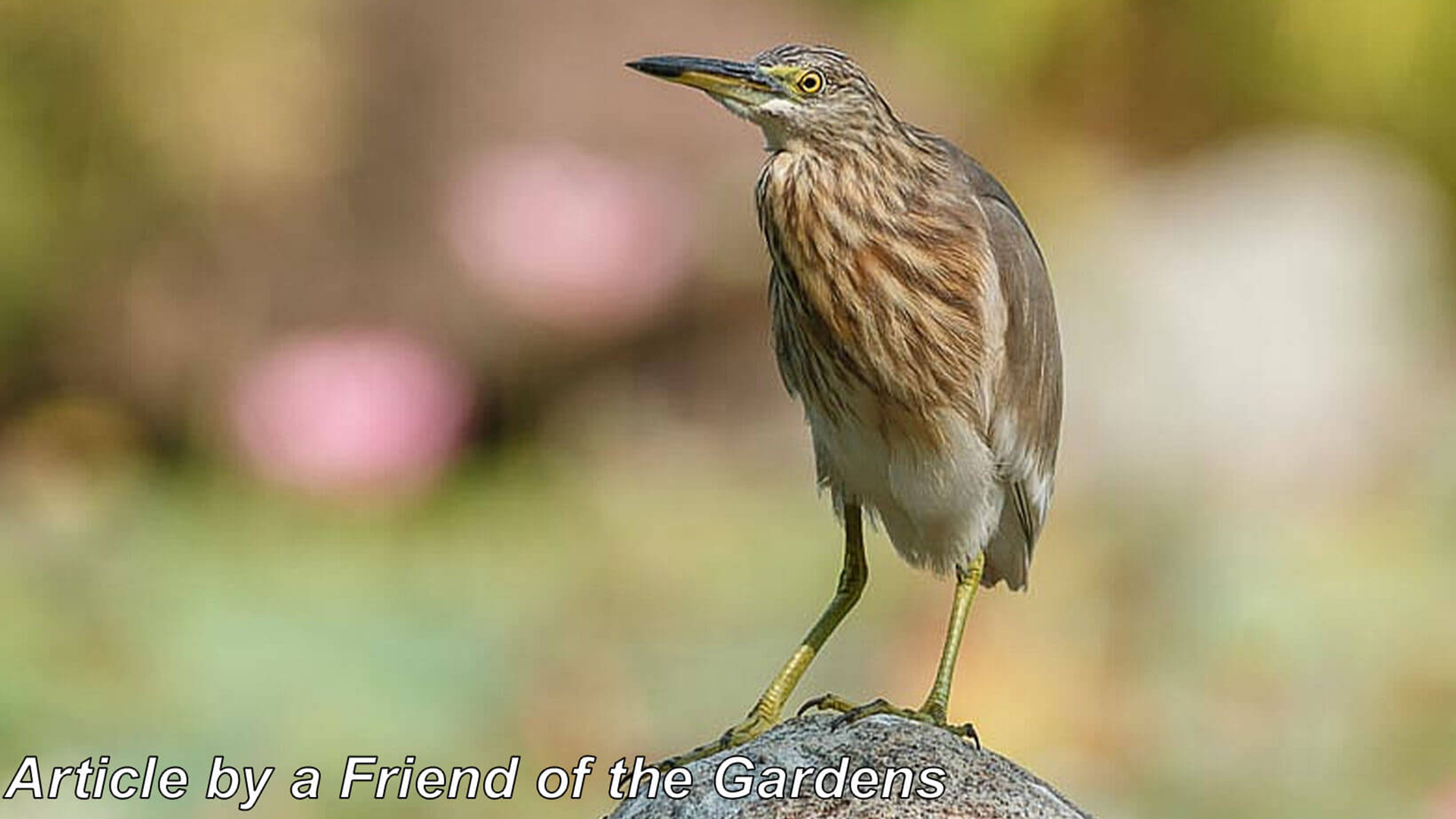Shaking a mature seed pod produces a rattling sound, because the seeds get loose inside.
Putting Together A Sensory Garden
Being outdoors is always a thrill for our senses. There are colourful flowers, birds in the trees, the fresh smell of grass after rain and the feel of the cool breeze on our skin.
How does a sensory garden help to offer a richer, wider sensory experience?
What is a sensory garden?
A sensory garden is typically defined as a garden designed to engage our senses (sight, hearing, smell, touch and taste).
There are many early studies about how sensory gardens have also been beneficial as healing or therapeutic gardens for dementia patients.
How do you start to put together a sensory garden?
Putting together plants with flowers, fruits or leaves that appeal to our different senses can be a start to a beautiful sensory garden. Wind chimes or water features with the sounds of trickling cascading water, occasional textured sculptures or rocks can also create points of interest along the trail.
What are some of the plants you can find in a Sensory Garden?
Here are just 5 of the many interesting plants you may find in a Sensory Garden. You can find them planted in many different parts of our Gardens, especially along the Scented Walk. Find out how different parts of the plants appeal to our different senses!
1 Rattleweed (Crotalaria retusa)
Also known as Rattlebox or Shak-Shak
The bright yellow flowers are attractive to people, but many butterflies like this plant too!
Do you know that Tiger and crow butterflies sip this plant’s sap? It has toxins that both plant and butterfly use to ward of predators!
2 Miracle Berry (Synsepalum dulcificum)
The Miracle Berry is known for its fruit, which when eaten, temporarily causes sour foods consumed to taste sweet!
This amazing bright-red and oval-shaped fruit makes sour foods taste sweet!
The fruit pulp contains a tasteless protein called miraculin which temporarily binds to the tongue’s sweet taste receptors.
Sour, acidic foods cause the bound protein to change shape, triggering the sensation of sweetness! This effect can last from 30 minutes to two hours!
3 Ylang Ylang (Cananga odorata var. fruticosa)
As it grows, each flower changes from pale green to sunny yellow in full bloom!
The most yellow flowers on the plant are the most fragrant!
Did you know that the essential oil from ylang ylang is a primary scent component in the perfume Chanel No. 5?
4 Mexican Petunia (Ruellia simplex)
Do you know that if you are standing near a Mexican petunia in the rain, you can hear a popping sound made by its seed pods?
The ripe, brown seed pods of the Mexican petunia split open when they get soaked, flinging its seeds out to sprout elsewhere!
The Mexican petunia is a very free flowering plant here in Singapore, and the bright trumpet-shaped flowers come in purple, pink and white!
5 Lipstick Plant (Bixa orellana)
The lipstick plant is native to Central and South America but is grown in many countries worldwide.
The lipstick plant has very distinct bright red hairy fruits!
The young red fruits of the lipstick plant feel different from the slightly prickly dried brown ones.
The lipstick plant is best known for annatto, a natural orange-red edible pigment derived from the waxy red coating of its red seeds.
This pigment was used as body paint and lipstick in Central and South America. It is also a natural food colouring extracted from the seedcoat. You have probably eaten it too! – it tints butter, cheese and cereals yellow and orange.
Do you have any plants that smell or taste amazing, have interesting textures or brilliant flowers?



